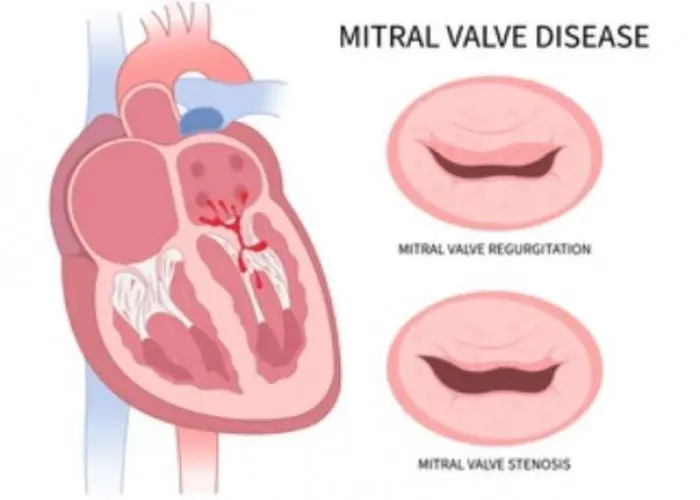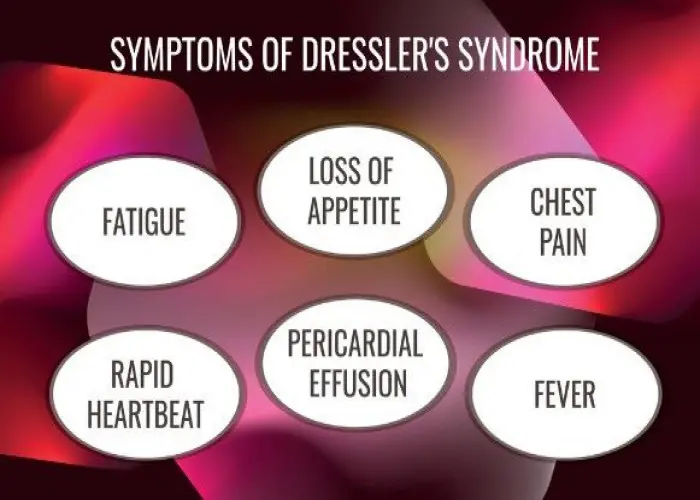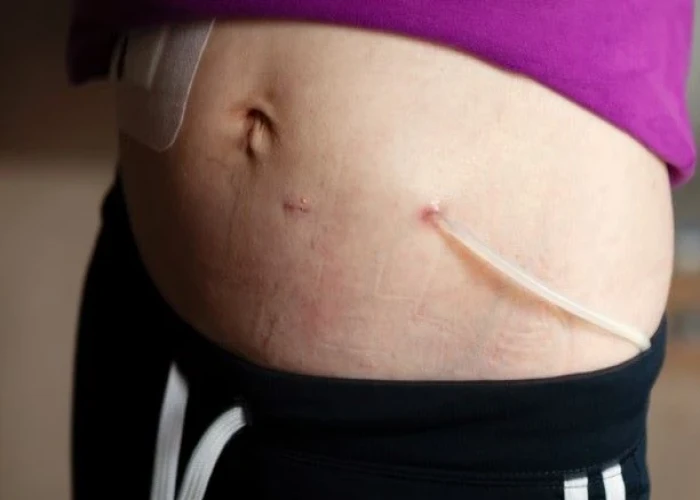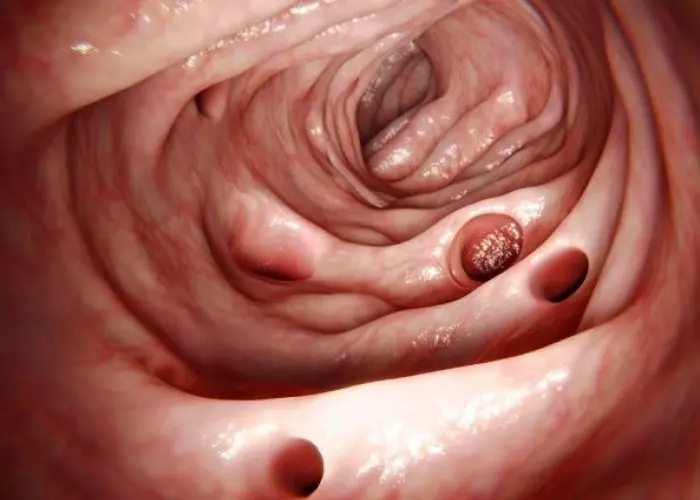 Welcome
Welcome
“May all be happy, may all be healed, may all be at peace and may no one ever suffer."
Aortic valve regurgitation

Aortic valve regurgitation, also known as aortic insufficiency, is a condition in which the aortic valve in the heart does not close properly, allowing blood to flow back into the heart instead of being pumped out to the rest of the body. Over time, this can lead to a weakening of the heart muscle and other complications.
Common symptoms of aortic valve regurgitation include fatigue, shortness of breath, chest pain, and fainting, especially during physical activity or exertion.
The cause of aortic valve regurgitation can vary, but it is often the result of aging, a congenital heart defect, or other conditions such as endocarditis (an infection of the heart valve) or aortic aneurysm.
Treatment for aortic valve regurgitation depends on the severity of the condition and may include lifestyle changes, medications to manage symptoms and control risk factors such as high blood pressure, and surgery to repair or replace the aortic valve.
If you are experiencing symptoms of aortic valve regurgitation, it's important to see a doctor for a diagnosis. With the right treatment and management, many people with aortic valve regurgitation are able to lead healthy and active lives.
Research Papers
Disease Signs and Symptoms
- Irregular heart sound (heart murmur)
- Shortness of breath (dyspnea)
- Irregular pulse
- Fainting (syncope)
- Chest pain
- Irregular heartbeats (arrhythmia)
- Fatigue and weakness, especially when you increase your activity level
- Dizziness, lightheadedness or faintness
- Rapid fluttering heartbeats (palpitations)
Disease Causes
Aortic valve regurgitation
The aortic valve is one of four valves that control blood flow through the heart. It separates the heart's main pumping chamber (left ventricle) and the main artery that supplies oxygen-rich blood to your body (aorta). The valve has flaps (cusps or leaflets) that open and close once during each heartbeat.
In aortic valve regurgitation, the valve doesn't close properly, causing blood to leak back into the heart's main pumping chamber (left ventricle). As a result, the left ventricle holds more blood, possibly causing it to enlarge and thicken.
At first, the larger left ventricle helps maintain good blood flow with more force. But eventually these changes weaken the left ventricle — and your heart overall.
Aortic valve regurgitation usually occurs gradually, but it can develop suddenly when caused by a valve infection. Any condition that damages the aortic valve can cause regurgitation. However, you can develop aortic valve regurgitation without any known risk factors.
Causes of aortic valve regurgitation include:
- Congenital heart valve disease. Some people are born with an aortic valve that has only two cusps (bicuspid valve) or fused cusps rather than the normal three separate cusps. Sometimes a valve may only have one cusp (unicuspid) or four cusps (quadricuspid), but this is less common.
- These congenital heart defects put you at risk of developing aortic valve regurgitation at some time in your life. If you have a parent or sibling with a bicuspid valve, it increases the risk that you may have a bicuspid valve. However, you can have a bicuspid valve even if you don't have a family history of the defect.
- Narrowing of the aortic valve (aortic stenosis). Calcium deposits can build up on the aortic valve as you age, causing the aortic valve to stiffen and become narrow. This condition, called aortic stenosis, prevents the valve from opening, causing a blockage. Aortic stenosis may also prevent the valve from closing properly.
- Inflammation of the lining of the heart's chambers and valves (endocarditis). This life-threatening condition is usually caused by infection. It can damage the aortic valve.
- Rheumatic fever. Rheumatic fever is a complication of strep throat and was once a common childhood illness in the United States. It can cause the aortic valve to become stiff and narrow (stenosis), causing blood to leak. If you have an abnormal heart valve due to rheumatic fever, it's called rheumatic heart disease.
- Other diseases. Other rare conditions can enlarge the aorta and aortic valve and lead to regurgitation, including Marfan syndrome, a connective tissue disease. Some autoimmune conditions, such as lupus, also can lead to aortic valve regurgitation.
- Tear or injury of the body's main artery (aorta). A traumatic chest injury or aortic tear (dissection) may cause backward flow of blood through the aortic valve.
Disease Prevents
Aortic valve regurgitation
If you have any type of heart condition, see your doctor regularly so he or she can monitor you. If you have a parent, child, brother or sister with bicuspid aortic valve, you should have an echocardiogram to check for aortic valve regurgitation. Catching aortic valve regurgitation or another heart condition before it develops or in the early stages may make it more easily treatable.
Also, take steps to prevent conditions that can raise your risk of aortic valve regurgitation, including:
- Rheumatic fever. If you have a severe sore throat, see a doctor. Untreated strep throat can lead to rheumatic fever. Strep throat is easily treated with antibiotics.
- High blood pressure. Check your blood pressure regularly. Make sure it's well controlled to prevent aortic regurgitation.
Disease Treatments
Treatment of aortic valve regurgitation depends on the severity of your condition, whether you're having signs and symptoms, and if your condition is getting worse. The goals of aortic valve regurgitation treatment are to ease symptoms and prevent complications.
If your symptoms are mild or you aren't having symptoms, your doctor may monitor your condition with regular follow-up appointments and recommend healthy lifestyle changes. You may need regular echocardiograms to be sure your aortic valve regurgitation doesn't become severe.
Medications
Your doctor may recommend that you take medications to treat symptoms of aortic valve regurgitation or reduce your risk of complications. Medications may be prescribed to lower blood pressure.
Surgery or other procedures
You may eventually need surgery to repair or replace the diseased aortic valve, particularly if you have severe aortic regurgitation and symptoms. However, some people need surgery even if it's not severe, or when they aren't having symptoms.
The decision to repair or replace a damaged aortic valve depends on your symptoms, age and overall health, and whether you need heart surgery to correct another heart problem. If you're having another heart surgery, doctors may perform aortic valve surgery at the same time.
Surgery to repair or replace an aortic valve may be done as open-heart surgery, which involves a cut (incision) in the chest. Sometimes doctors can perform minimally invasive heart surgery to replace the aortic valve. This procedure, called transcatheter aortic valve replacement (TAVR), uses smaller incisions than those used in open-heart surgery.
Surgery for aortic valve regurgitation includes:
- Aortic valve repair. To repair an aortic valve, surgeons may separate valve flaps (cusps) that have fused, reshape or remove excess valve tissue so that the cusps can close tightly, or patch holes in a valve. Doctors may use a catheter procedure to insert a plug or device to repair a leaking replacement aortic valve.
- Aortic valve replacement. In aortic valve replacement, your surgeon removes the damaged valve and replaces it with a mechanical valve or a valve made from cow, pig or human heart tissue (biological tissue valve). Transcatheter aortic valve replacement (TAVR) is a minimally invasive heart procedure to replace a narrowed aortic valve with a biological tissue valve.
- Sometimes, the aortic valve is replaced with your own lung (pulmonary) valve. Your pulmonary valve is replaced with a biological lung tissue valve from a deceased person. This more complicated surgery is called the Ross procedure.
- Biological tissue valves break down over time and may eventually need to be replaced. People with mechanical valves will need to take blood-thinning medications for life to prevent blood clots. Your doctor will discuss with you the benefits and risks of each type of valve to choose the best one for you.
Disease Diagnoses
Disease Allopathic Generics
Disease Ayurvedic Generics
Disease Homeopathic Generics
Disease yoga
Aortic valve regurgitation and Learn More about Diseases

Gastroesophageal reflux disease (GERD)

Bedbugs

Pulmonary hypertension

Dressler syndrome

Thrombocytopenia (low platelet count)

Peritonitis

Sunburn

Diverticulitis
Aortic valve regurgitation, Aortic regurgitation, অর্টিক ভালভ পুনর্গঠন
To be happy, beautiful, healthy, wealthy, hale and long-lived stay with DM3S.
